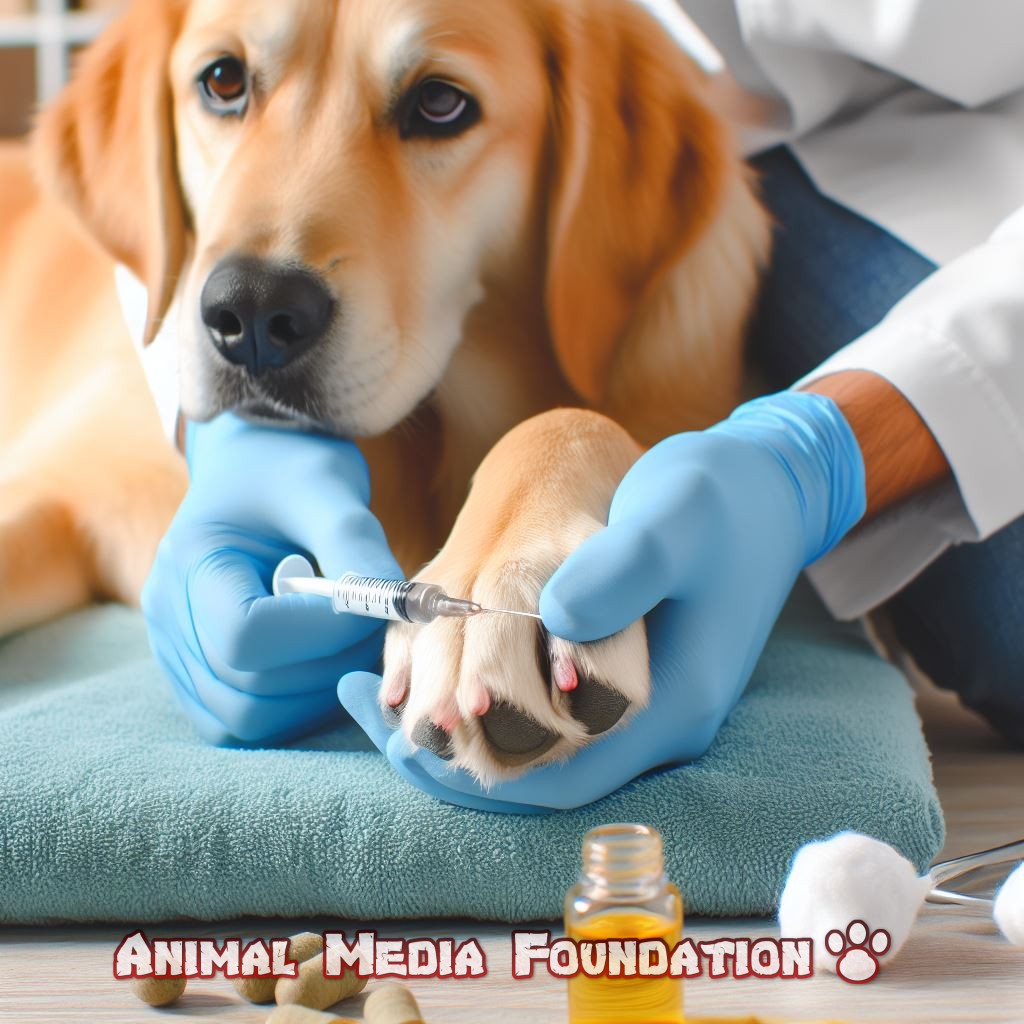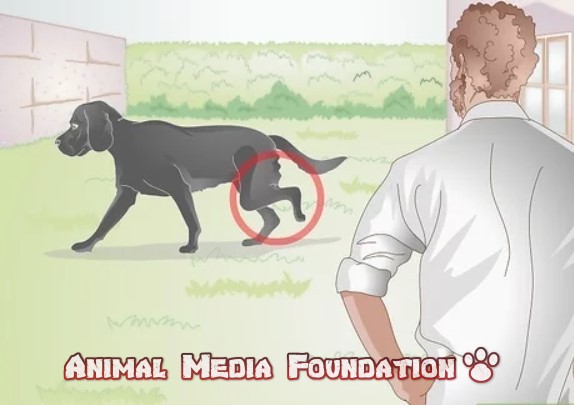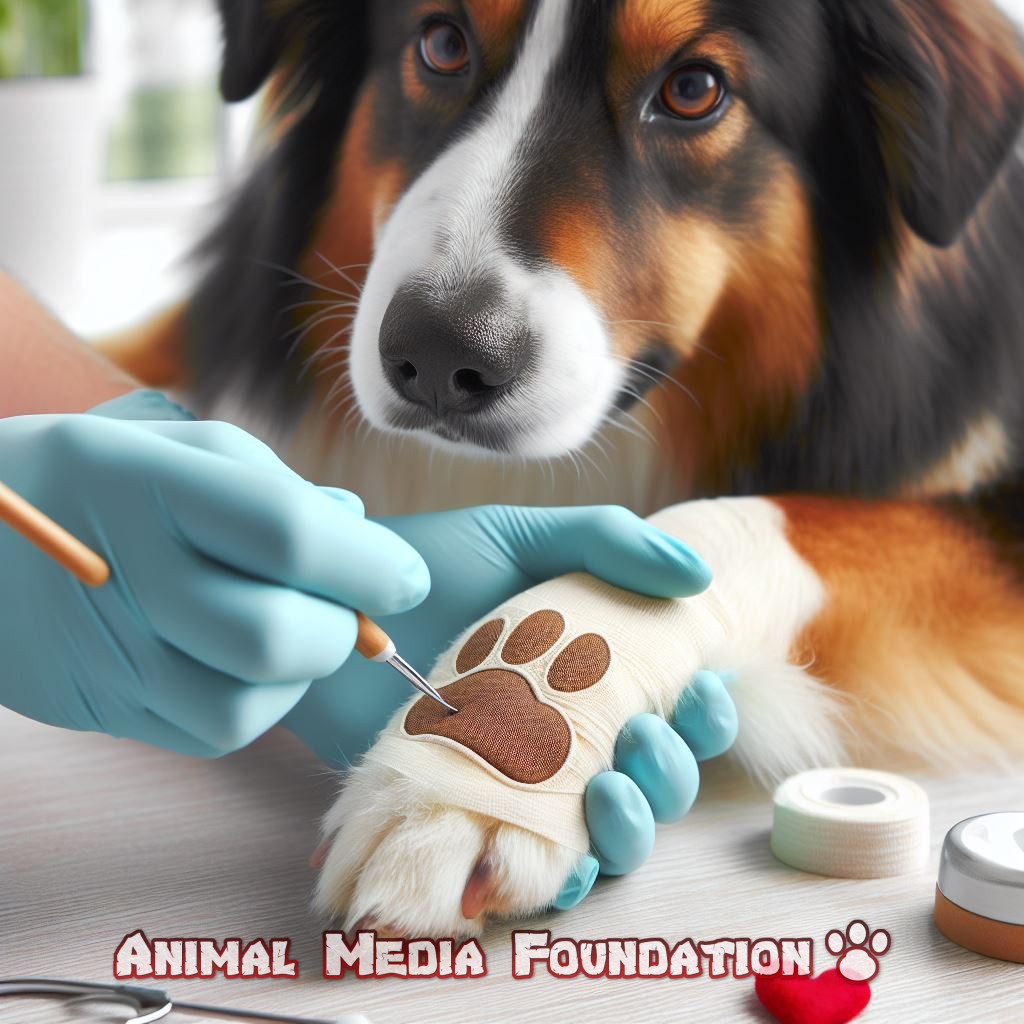How to Tell if Your Dog’s Paw is Injured and Provide First Aid?
Dogs use their paws for everything - walking, running, digging, playing. Those hard-working paws will inevitably get injured from time to time. As a dog owner, it's important to regularly check your dog's paws and know what to look for. Catching and treating paw injuries early can prevent further damage and unnecessary pain for your pup.
Signs of a Paw Injury
Some signs that your dog may have an injured paw include:
* Limping or holding one paw up
* Licking or chewing at the paw excessively
* Cuts, scrapes, blisters, swelling or redness on the paw pads or skin
* Sensitivity to touch - whining or pulling away when you examine the paw
* Difficulty walking or changing directions
* Unwillingness to go on walks or play
Pay attention if your dog suddenly starts favoring a paw or avoiding putting weight on it. Subtle changes in gait or habit may indicate an injury before major limping starts. Know what your individual dog's "normal" is to recognize when their behavior shifts.
Checking Your Dog’s Paws
Make checking paws part of your regular grooming routine. Look over the fur between toes, pads, and skin for any cuts, punctures, blisters, bruising, redness, swelling, or irritation. Gently press on each toe pad and joint to check for pain reaction.
Be patient and offer treats - paw handling may be uncomfortable for dogs who aren't used to it. Go slowly and keep sessions positive. Over time, they will become accustomed to you examining their precious paws.
Check paws after activities where injuries often occur - like hikes, runs, playing at the dog park, or walking on hot pavement. Even indoor dogs can hurt their paws on things like sharp toys. Catching injuries right away means faster healing.
Common Paw Injuries and First Aid
Cuts and Scrapes
Minor cuts or abrasions on paw pads and skin happen frequently - usually from things like rough terrain, broken glass on sidewalks, sharp sticks, and burrs on trails.
* Clean the area gently with mild soap and rinse thoroughly with water. Remove any embedded debris like gravel or plant material.
* Apply antibiotic ointment and cover with a sterile non-stick bandage or gauze wrap if possible based on location.
* Keep the bandage clean and dry. Change daily.
* Monitor for signs of infection like increased swelling, redness, or pus.
If the laceration is deep, bleeding heavily, or gaping open, see your vet right away. The cut made needs sutures and bandage protection to heal properly.
Blisters
Friction from activities like running long distances can cause painful fluid-filled blisters on paw pads. These should not be popped.
* Clean gently with mild soap and water. Do not rupture the blister.
* Apply antibiotic ointment and cover with gauze and medical tape or a specialized dog bootie to prevent rubbing.
* Limit activity while the blister heals to prevent worse damage.
If the blister ruptures on its own, clean as above and apply ointment and bandage. See your vet if severe or not healing properly.
Sprains
Sprains involve over-stretched or partially torn paw ligaments and tendons, often caused by sudden stops and turns during exercise. They result in limping, swelling, and bruising around the joint.
* Restrict activity and enforce rest immediately at first signs.
* Apply an ice pack wrapped in a towel to the area for 10 minutes at a time to reduce swelling and pain.
* See your vet promptly. They can provide a dog-safe anti-inflammatory for pain and inflammation relief, and recommend appropriate immobilization like a splint.
With rest and medication, minor sprains can heal fully in 1-2 weeks. Severe sprains may require surgery to repair extensive ligament/tendon damage. Strict crate rest and rehabilitation will likely be needed post-op.
Paw Pad Burns and Scrapes
Hot pavement, rough terrain, and snow/ice buildup can abrade, blister, or burn delicate paw pads.
For mild abrasions:
* Clean pads to remove any embedded material
* Apply antibiotic ointment and bandage if possible
* Limit walks to prevent further irritation
For burns or more severe abrasions:
* Immediately soak the paw in cool water for 10-15 minutes
* Pat dry gently and apply antibiotic burn cream/aloe vera gel
* Bandage lightly without rubbing
* Give dog-safe pain medication
* See a vet promptly for assessment
Infected or severely burned pads may require extensive treatment and bandaging. Healing can take several weeks.
Nail and Toenail Bed Injuries
Nails can crack, tear, or be pulled out if they get caught on something. The toenail bed is delicate and bleeds heavily when injured.
For injuries to the nail:
* Gently clean the area
* Apply styptic powder or corn starch to stop bleeding
* Bandage lightly around the toe if needed
* Monitor for infection and see a vet promptly
For lost nails or severe toenail bed lacerations:
* Apply constant firm pressure with a clean towel for 5-10 minutes to control bleeding
* Bandage the foot securely
* Transport immediately to vet clinic
Severely damaged nails may need partial or full removal under anesthesia to heal properly. Follow all post-op wound care instructions carefully.

When to See the Vet
See your vet promptly for:
* Deep cuts, puncture wounds, or damaged/lost nails with severe bleeding not controlled with 10 minutes of firm pressure
* Visible wound gaping open, possible need for sutures
* Signs of infection - increased redness, heat, swelling, pus
* Limping or pain lasting more than 48 hours after injury
* Suspected sprains and strains
* Burns, blisters, or abrasions covering large areas of the paw pad
* Embedded foreign material you cannot fully remove yourself
Vets can sedate dogs to fully clean, examine, and close significant wounds. They will prescribe oral antibiotics and pain medication as needed, along with appropriate protective bandaging. Prompt treatment prevents complications like infections from developing and injuries from worsening.
For serious traumatic paw injuries, immediate emergency vet care gives the best chance of saving the paw and limb. Timeliness is critical.
Preventing Paw Injuries
You can reduce the risk of paw injuries by:
* Checking terrain before outdoor activity and avoiding sharp/rough areas
* Rinsing paws after walks to remove debris
* Not overdoing exercise for your dog's conditioning level
* Walking on grass instead of hot concrete or asphalt when possible
* Trimming fur between paw pads regularly so debris doesn't get trapped
* Keeping nails neatly trimmed to prevent painful cracks and tears
* Moisturizing paw pads with balm to prevent dryness and cracking
* Having your dog wear booties for protection during very hot/cold weather or on harsh surfaces
* Thoroughly cleaning and treating any minor cuts and abrasions promptly to prevent worse infection
While active dogs will likely get the occasional sore paw, taking preventative steps goes a long way toward paw health and comfort! Being prepared to provide prompt first aid reduces recovery time. Get familiar with your individual dog's paws when healthy so you can recognize subtle changes. With vigilance and care, you can keep your pup's paws going strong through all of life's adventures together!
References:
- Signs of a Broken Paw in a Dog:
- Limping or avoiding putting weight on the affected paw.
- Swelling or bruising around the paw or leg.
- Pain or sensitivity when the paw is touched or manipulated.
- Visible deformity or misalignment of the paw or leg.
- Whimpering, crying, or other signs of discomfort or distress
- Recognizing Paw Infections:
- An obvious injury such as a puncture, graze, cut, or gash.
- Limping or favoring one leg.
- Pus or discharge oozing from the paw.
- A foul smell coming from the paw.
- Itching or skin irritation on the paw.
- Obsessive licking or biting of the paw.
- Reluctance to walk on the affected paw
- Additional Signs to Watch For:
- Brown discoloration to the fur on the paw (indicating excessive licking).
- Hair loss on or around the paw.
- Holding a paw up.
- Limping.
- Bleeding from the paw.
- Redness on or between the toes.
- Ulcers, lesions, or discharge in or around the paw








